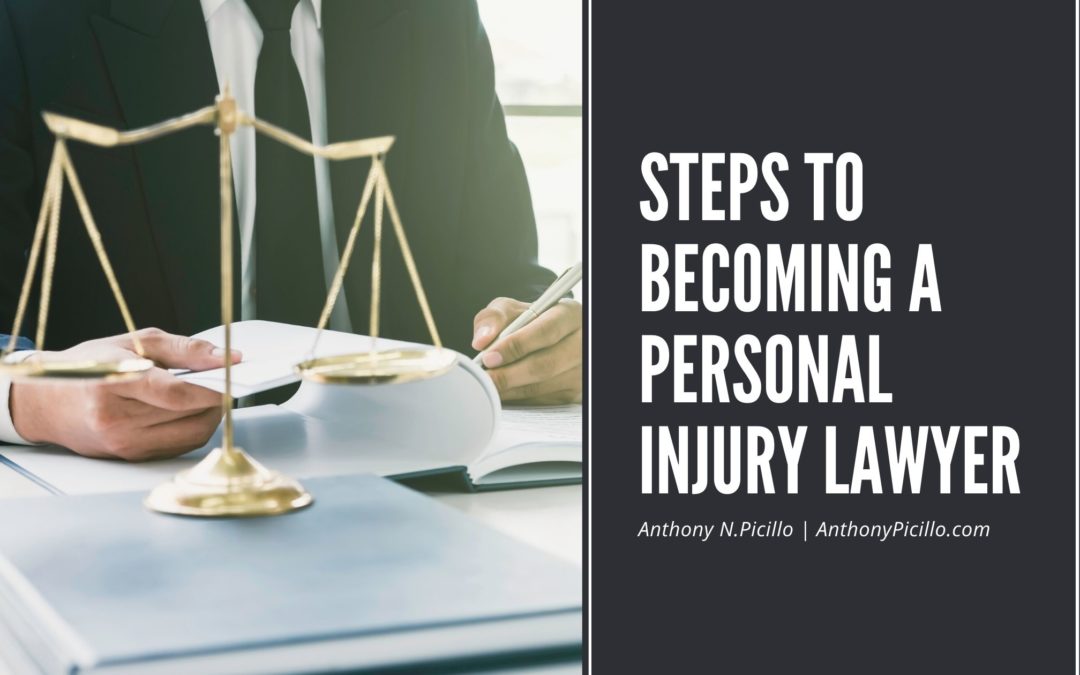There are many different specialties in the world of law, one of them being personal injury law. Personal injury lawyers handle physical and psychological injuries, ensuring that their client receives compensation for what they have gone through.
Naturally, becoming a personal injury lawyer is quite the process – one that many people may find intimidating. Yet, the work can be gratifying, and those who choose this path can find themselves happy with their work. Here are the steps for how to become a personal injury lawyer.
Step 1: Earn a Bachelor’s Degree
The first step to becoming a lawyer, regardless of specialization, is obtaining a bachelor’s degree. This is the critical first step in the process, as one cannot attend law school without an undergraduate degree.
It is beneficial to choose a degree that helps with one’s ultimate goal when attending undergraduate school. In this instance, consider political science, social science, history, or English as a major.
Step 2: Take the LSAT
The LSAT, or Law School Admission Test, is the next step in becoming a personal injury lawyer. This is a multiple-choice exam that tests potential lawyers on their aptitude. This is a test that you’ll want to excel in, as spots in law school are highly sought after, and a higher score will help your odds.
Step 3: Earn a Law Degree
To be clear, none of the steps in this process are as quick or simple as this article may make it sound. Law school takes years of hard work and studying, but the outcome is worth it. Typically, a student will spend three years in law school. The first two are typically dedicated to general legal subjects – an overview and a basic understanding of law in general. Whale, the final year, a potential lawyer picks their specialty and begins learning of the process. This third year is where one should select courses specific to becoming a personal injury lawyer.
Step 4: Pass the Bar Exam
Graduating law school is but one part of the process. The next step is to take, and pass, the bar exam. These exams vary by state, and it is required for lawyers to pass the exam in the state they intend to practice in.
Step 5: Pass the MPRE
MPRE, or Multistate Professional Responsibility Examination, is the next exam that potential lawyers must pass. Like the tests before, it is multiple choice. This test is designed to assess a person’s professional behavior – and garner an understanding of how they see the law regarding themselves.
Step 6: The Education Never Stops
Despite what many may believe – graduating from law school and passing all exams does not equal the end of a lawyer’s education process. While one is legally a lawyer, it is critical to continue with one’s education. Staying up to date with current law changes, obtaining advanced degrees, and more are part of the natural process for a lawyer.

